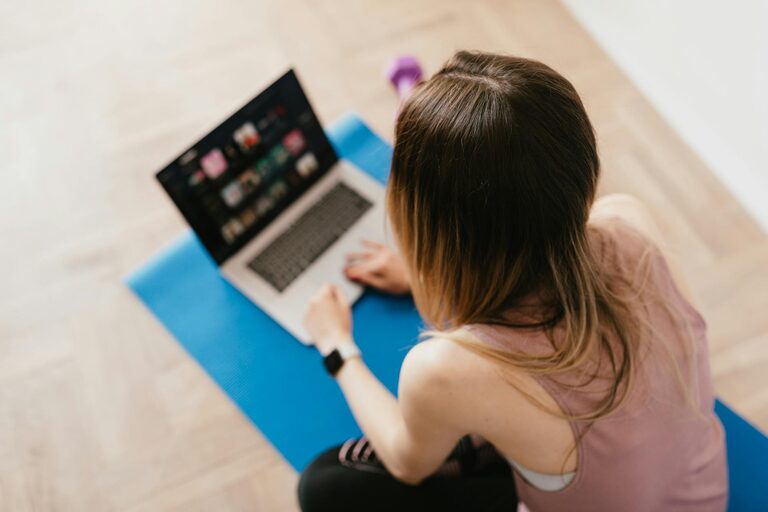
Spending hours in front of screens has become a daily routine for many people, whether for work, study, or leisure. However, extended screen time can lead to discomfort, tired eyes, and even long-term vision issues if proper care is not taken. Fortunately, protecting your eyes during screen time is easier than you might think. In this post, we will explore practical tips and habits that help reduce eye strain and maintain healthy vision.
Understanding Digital Eye Strain
Before diving into ways to protect your eyes, it’s helpful to understand what happens when you spend a lot of time looking at screens. Digital eye strain, also known as computer vision syndrome, occurs because of the intense focus on digital screens. Symptoms can include:
– Dry or irritated eyes
– Blurred or double vision
– Headaches
– Neck and shoulder pain
These symptoms arise because people tend to blink less and adopt poor posture when using screens, leading to strain on the eyes and surrounding muscles.
Set Up Your Workspace Ergonomically
A good setup can make a big difference in eye comfort.
Screen Position
– Position your monitor about an arm’s length away (roughly 20-30 inches).
– The top of the screen should be at or just below eye level. This allows you to look slightly downward, which is easier on the eyes.
– Tilt the screen slightly upward to reduce glare.
Lighting
– Use soft, indirect lighting to avoid harsh reflections on the screen.
– Avoid working in dark rooms with a bright screen, as this contrast strains the eyes.
– Consider using shades or curtains to reduce glare from windows.
Follow the 20-20-20 Rule
One of the simplest methods to reduce eye strain is the 20-20-20 rule:
Every 20 minutes, look at something 20 feet away for at least 20 seconds.
This short break helps your eyes relax and reduces fatigue by changing focus away from the screen.
Blink More Often and Stay Hydrated
People blink less when staring at screens, which can cause dry eyes.
Tips to encourage blinking:
– Make a conscious effort to blink fully and regularly.
– Use lubricating eye drops if you experience persistent dryness (check with an eye care professional first).
Also, staying well-hydrated supports tear production, so drink plenty of water throughout the day.
Adjust Screen Settings for Comfort
Customizing your device’s settings can ease the strain on your eyes.
Brightness and Contrast
– Match your screen brightness to the ambient lighting around you.
– Avoid very bright or very dim screens.
Text Size and Color
– Increase text size for comfortable reading.
– Choose high-contrast color combinations (for example, dark text on a light background).
Blue Light Filters
– Many devices offer built-in blue light filters or “night modes” that reduce blue light emission. These can help lessen eye fatigue, especially in the evening.
Use Computer Glasses if Needed
If you wear glasses, talk to your eye care professional about lenses designed for screen use. Computer glasses can:
– Reduce glare
– Enhance contrast
– Improve focus at your screen distance
Even if you don’t need prescription lenses, special computer glasses are available that filter blue light and reduce strain.
Maintain Good Posture and Take Regular Breaks
Poor posture can contribute to discomfort and headaches.
Tips for posture:
– Sit with your back straight and feet flat on the floor.
– Keep your shoulders relaxed.
– Use a chair with good lumbar support.
Regular breaks are important—not just for your eyes but for your entire body. Stand up, stretch, and move around every hour to boost circulation and reduce muscle stiffness.
Keep Your Devices and Screens Clean
Dust, fingerprints, and smudges on your screen can reduce clarity and increase eye strain. Wipe your screens gently with a microfiber cloth often to maintain a clear view.
Schedule Regular Eye Exams
Routine eye checkups help detect vision problems early and ensure your prescriptions are up to date. Discuss your screen usage habits with your eye doctor so they can recommend personalized strategies.
—
Final Thoughts
Protecting your eyes during screen time is essential to avoid discomfort and preserve your vision. By setting up your workspace correctly, taking regular breaks, adjusting your device settings, and practicing good habits like blinking and posture, you can greatly reduce digital eye strain. Simple steps integrated into your daily routine will keep your eyes healthier and make your screen time more comfortable.
Start implementing these tips today and give your eyes the care they deserve!






